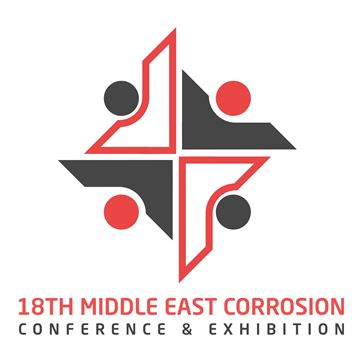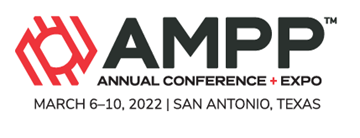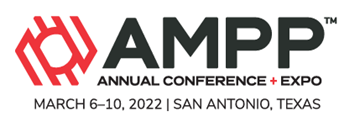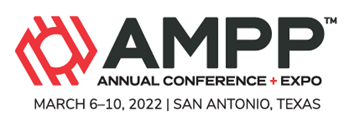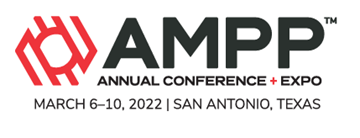Search
AMPP Conference Papers
View as
Sort by
Display
per page
Experimental Design Considerations for Exposure of Surrogate Fe in Assessing Atmospheric Corrosion in a Marine Environment
Product Number:
51324-21077-SG
Publication Date:
2024
$40.00
Experimental Investigation of Solid Particle Erosion for Long Radius Elbows in Gas-Solid Flow
Product Number:
51323-19099-SG
Publication Date:
2023
$20.00
Experimental Studies on the Stability of Highly Sour Corrosion Product Layers
Product Number:
51324-21028-SG
Publication Date:
2024
$40.00
Experimental Study and Finite Element Modelling of the Cathodic Protection Influence on Parallel Pipelines During Maintenance Operations
Product Number:
51324-20713-SG
Publication Date:
2024
$40.00
Expert Corrosion Design Basis Memorandum (E-CDBM)-Corrosion Digital Solution at Your Fingertips
Product Number:
MECC23-19866-SG
Publication Date:
2023
$20.00
Exploring The Truth About Aluminium Flakes As Pigments In Corrosion Protective Coatings
Product Number:
51322-18194-SG
Publication Date:
2022
$20.00
Extending Asset Lifecycle With Inspections And Maintenance
Product Number:
51322-18143-SG
Publication Date:
2022
$20.00
Extending the Life of an Ageing Forty Two Years Old Offshore Wet Crude Pipeline
Product Number:
51322-17532-SG
Publication Date:
2022
$20.00
External Chloride Stress Corrosion Cracking (Cl-SCC) of Valve Bonnet 304 Austenitic Stainless Steel Stud Bolts
Product Number:
51324-21176-SG
Publication Date:
2024
$40.00
External Stress Corrosion Cracking Of In-Situ Carbon Steel Pipelines
Product Number:
51322-17682-SG
Publication Date:
2022
$20.00
Extreme high-speed laser application of coating to prevent hydrogen embrittlement in metals
Product Number:
51323-19546-SG
Publication Date:
2023
$20.00
Facilitating the Use of Leak Detection Sensors Using Web-Based Remote Monitoring
Product Number:
51323-18884-SG
Publication Date:
2023
$20.00





